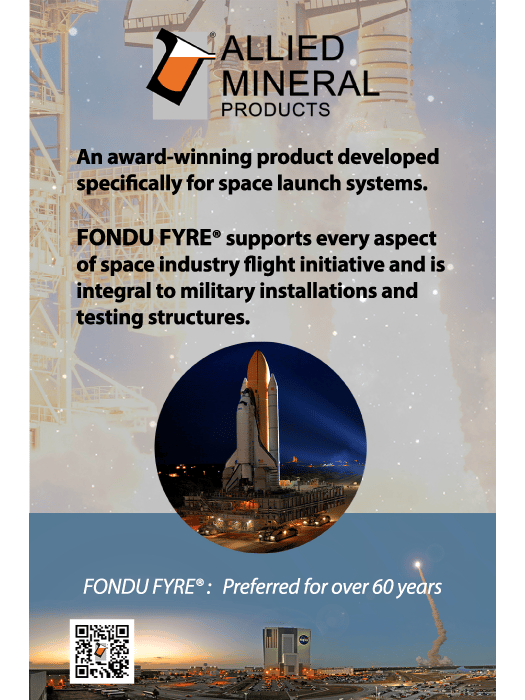departments
RESEARCH BRIEFS
CERAMICS IN MANUFACTURING:
Research News
Electrified cement could turn houses and roads into nearly limitless batteries
In recent years, several groups have made structural supercapacitors by spiking cement with highly conductive forms of carbon, such as graphene or carbon nanotubes. Although these perform well, the ingredients are expensive and hard to produce in the massive volumes used in the cement industry. Recently, in search of a cheaper alternative, Massachusetts Institute of Technology researchers mixed a small percent of carbon black with cement powder and added water. They then cut this wired cement into small plates, creating supercapacitors about the size of a button that lit up a series of LED lights. Visit the website for more information.
Engineering team uses diamond microparticles to create high security anti-counterfeit labels
Researchers led by the University of Hong Kong, together with Sun Yat-sen University and Peking University, created diamond-based anti-counterfeiting labels. They made these labels by depositing artificial diamond microparticles of all different shapes and sizes on a silicon plate. The diamonds form a unique pattern that scatters light in a unique way, and this “fingerprint” scattering can be scanned using a phone. Additionally, the diamonds have defects known as silicon-vacancy centers, which cause them to emit near-infrared photoluminescence when under green light. Visit the website for more information.
First ‘ghost particle’ image of Milky Way
From visible starlight to radio waves, the Milky Way galaxy has long been observed through the various frequencies of electromagnetic radiation it emits. Now, researchers have obtained the first-ever neutrino-based image of the Milky Way using the U.S. National Science Foundation-supported IceCube Neutrino Observatory in Antarctica. Drexel University physicist Naoko Kurahashi Neilson proposed the innovative computational analysis used to generate the image and received funding to pursue her idea through a grant from NSF’s Faculty Early Career Development program. Visit the website for more information.



